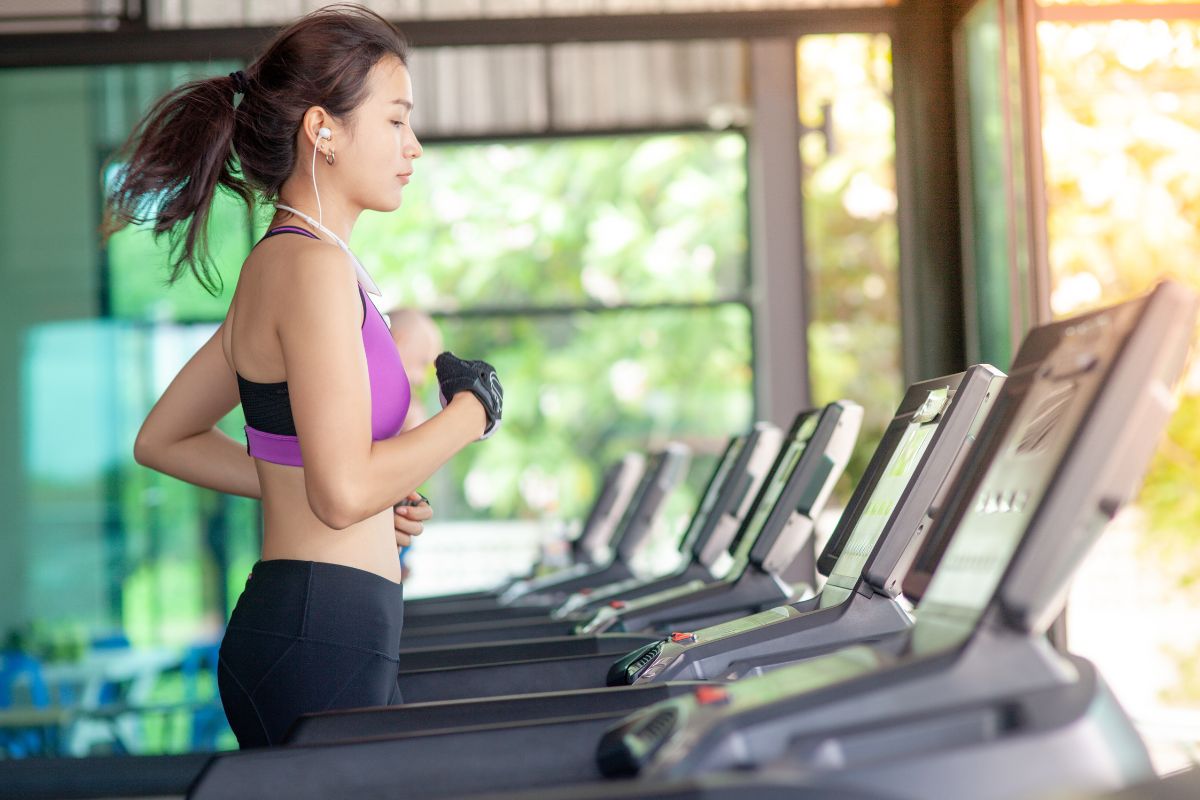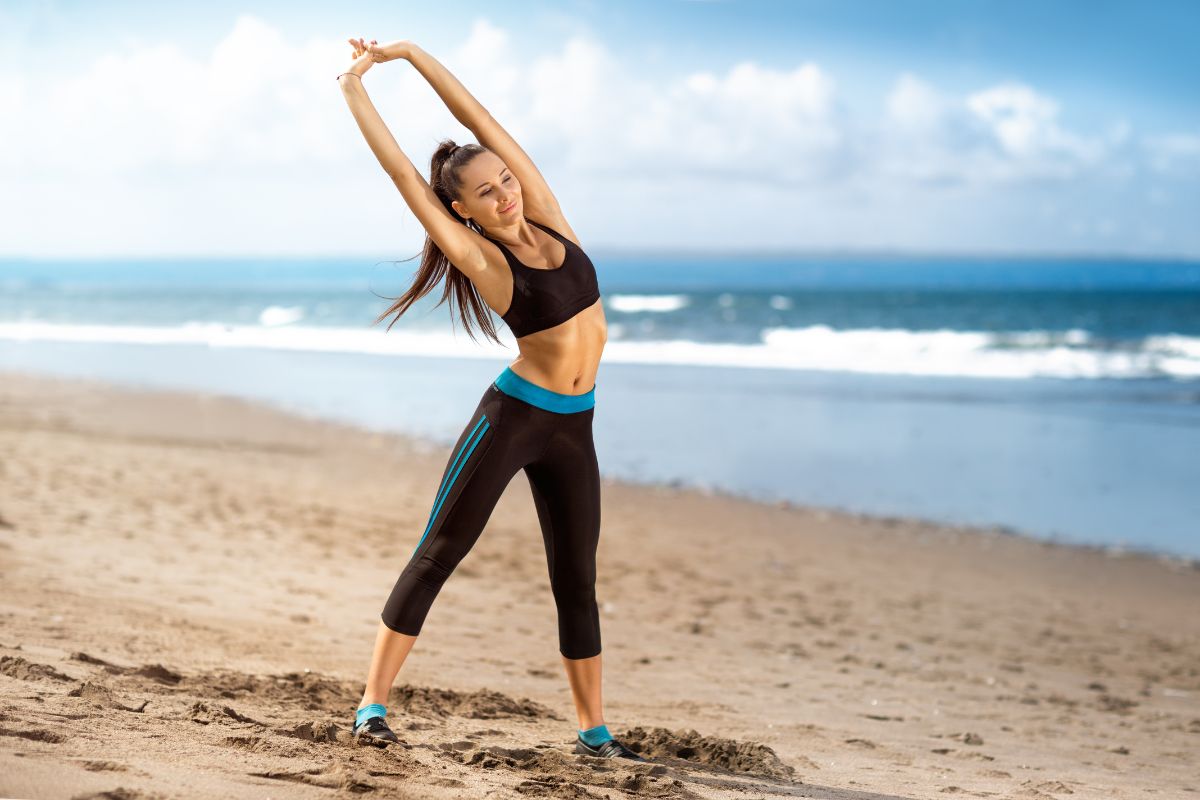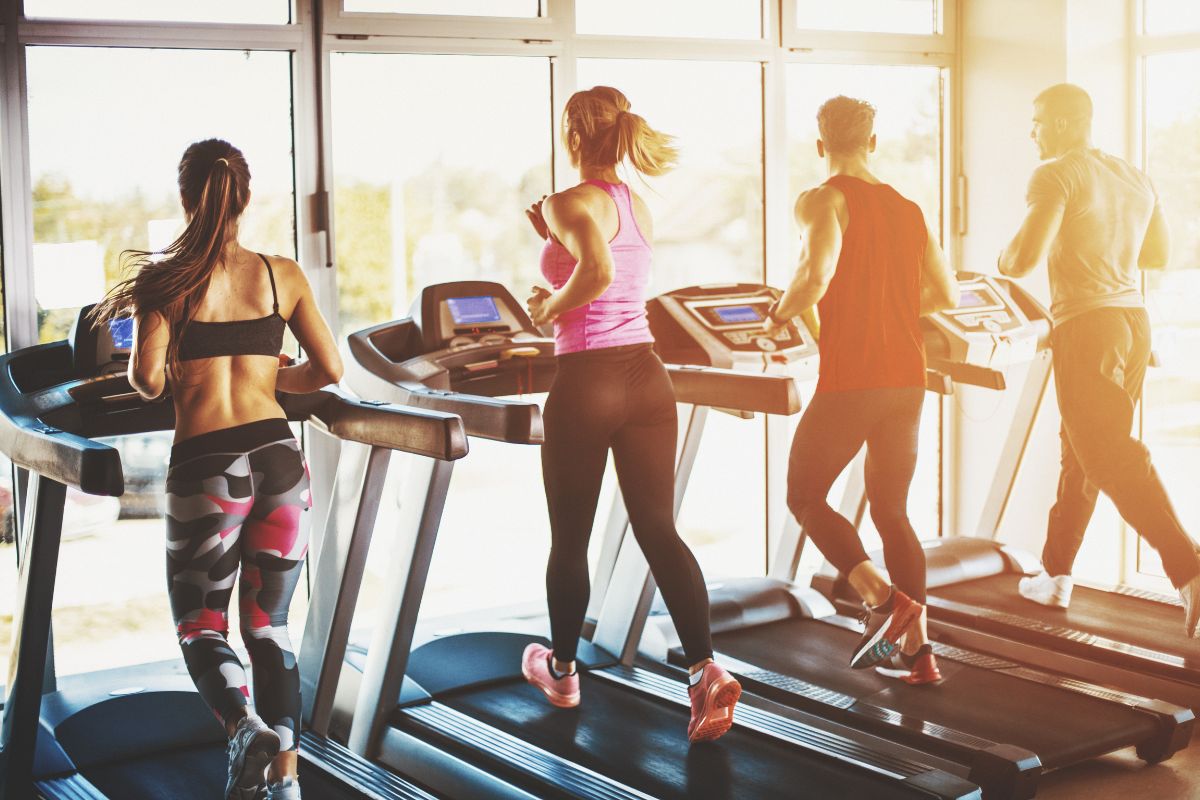Types of Physical Activity and How They Help You Stay Healthy

Physical activity encompasses any voluntary movement of the body produced by skeletal muscles that requires energy expenditure. This includes everyday actions like walking, climbing stairs, gardening, dancing, or doing chores. In other words, any movement that gets you off the couch and moving counts as physical activity.
Main Types of Physical Activity
Physical activities are often grouped by how they benefit the body. The main categories include:
Aerobic (Endurance) Exercises
Often called “cardio,” these use large muscle groups and boost heart rate and breathing. Examples are brisk walking, jogging, cycling, swimming, dancing, or hiking. Aerobic activity “gets you breathing harder and your heart beating faster,” helping your heart and lungs work more efficiently. Aim for activities (like walking or biking) that are moderately or vigorously intense.
Muscle-Strengthening Exercises
These work your muscles against resistance, making them stronger. Examples include lifting weights, using resistance bands, or body-weight moves like push-ups, squats, and lunges. Such strength training causes your muscles to grow and become more powerful. (For instance, lifting weights or doing push-ups forces your muscles to work hard, which builds strength over time.)
Bone-Strengthening (Weight-Bearing) Exercises
These require your bones to support your body weight or additional weight, which stimulates bone growth. Activities like running, jumping rope, playing tennis, or stair climbing put stress on bones and help make them stronger. Even strength exercises (like squats or weightlifting) push muscles against bones, boosting bone density. Higher-impact or weight-bearing moves generally give bones the most benefit.
Flexibility Exercises
These involve stretching muscles and joints to improve your range of motion. Examples include yoga stretches, hamstring stretches, or gentle bending and reaching exercises. Flexibility work “stretches muscles, ligaments, and tendons,” helping you move more freely and lowering injury risk. Regular stretching keeps joints limber and can improve posture and reduce stiffness.
Balance Exercises
These improve your ability to stay upright and coordinated. Simple examples are standing on one foot, heel-to-toe walking, or practice moves from Tai Chi. Balance exercises “improve your body’s reflexes to stay upright” and help prevent falls. Good balance is especially important for older adults, but everyone benefits from exercises like one-legged stands, yoga poses, or gentle twisting movements.
Many activities combine these elements. For instance, dancing or playing a sport can be aerobic, strengthen muscles, and challenge balance all at once. A well-rounded routine mixes different types to cover all benefits.
Health Benefits of Regular Physical Activity

Moving your body regularly has huge health rewards. Active people generally live longer and stay healthier. Some key benefits include:
- Heart and metabolic health: Regular exercise lowers the risk of heart disease, stroke, type 2 diabetes, and high blood pressure. It helps manage weight, improves cholesterol levels, and makes your circulatory system more efficient. In short, being active keeps your heart and metabolism in good shape.
- Stronger bones and muscles: Exercise slows age-related loss of bone density and muscle mass. Weight-bearing and strength activities make bones and muscles stronger. This protects against osteoporosis and fractures, and helps you stay mobile and independent as you age.
- Better mood and mental health: Physical activity is a powerful mood booster. Even a short walk can immediately reduce feelings of anxiety and stress, and over time regular exercise lowers the risk of depression. Being active also increases endorphins (“feel-good” chemicals), improves self-esteem, and helps you relax and sleep better.
- Sharper brain function: Exercise benefits the brain too. People who stay active have better learning, memory, and judgment skills, and physical activity can slow age-related cognitive decline. In children and adults alike, activity helps attention and concentration.
- More energy and vitality: Moving more gives you more energy in daily life. Active people often feel less fatigued and can tackle tasks more easily. Regular activity also improves sleep quality, so you wake up feeling rested.
- Longer life and fewer sick days: Staying active can help you live longer. In fact, research suggests increasing daily activity even slightly (e.g. just 10 extra minutes of moderate exercise) could prevent thousands of deaths each year. Physically active people also tend to take fewer sick days and fall sick less often.
Overall, exercise is one of the best things you can do for your health. It makes your body and mind stronger, happier, and more resilient.
Tips to Include Activity in Your Daily Routine
You don’t need to carve out huge blocks of time or go to the gym every day. Even small changes can add up. Try these friendly ideas:
- Make daily tasks active: Turn errands or chores into chances to move. Walk briskly to the store and carry your groceries, or do standing calf raises while waiting in line. Park farther from your destination (or walk/bike there) instead of looking for a close spot. Even washing dishes or folding laundry can include stretches or gentle lunges.
- Walk and talk: Whenever you’re on the phone, try walking around instead of sitting still. You can “walk and talk” during phone calls or even take walking meetings at work. A short stroll while chatting or brainstorming keeps you moving and uses time you’d otherwise spend sitting.
- Use the stairs: Skip the elevator or escalator when you can. Climbing even a few flights of stairs gives your heart a good boost. Those extra steps throughout the day really count toward your fitness goal.
- Short bouts count: Don’t have 30 minutes at once? Split exercise into 10–15 minute chunks. Do a quick body-weight workout in the morning, a brisk walk at lunch, or a mini yoga/stretch session in the evening. Even a 10-minute fitness routine can “boost your heart rate and brain power”.
- Mix it up: Combine different exercise types to keep it fun. For example, do a 20-minute jog (aerobic) followed by some push-ups and squats (strength), then end with a few stretches (flexibility). Activities like gardening, dancing, or playing tag with kids naturally include aerobic, strength, balance, and flexibility components all at once.
- Use spare moments: Turn waiting time into exercise time. Do heel raises or march in place while brushing your teeth, balance on one foot while tying shoes, or do leg stretches during TV commercials. Simple moves—like calf raises, gentle stretches, or a quick squat—can be sprinkled throughout your day.
- Get others involved: Make activity social. Walk or bike with family, friends, or pets. Join a local group class (like aerobics, yoga, or tai chi) or play a sport you enjoy. Exercising with others makes it more fun and keeps you motivated. For parents, involve kids in active games: ride bikes together, play catch, or explore a park on foot.
- Set a routine: Try to include activity at the same time each day if possible. Morning stretching or yoga can energize you, while an evening walk can help you unwind. Schedule workouts or walks on your calendar just like any other appointment so you stick to them.

Remember, every little bit helps. A few minutes here and there can add up to the recommended ~150 minutes of moderate activity per week. By weaving movement into your routine—whether it’s a dance in the kitchen, a cycle to work, or a stroll around the block—you’ll soon notice the benefits in daily life.
Conclusion
Physical activity isn’t just about workouts at the gym; it’s about keeping your body moving every day. Whether it’s aerobic exercise (walking, cycling), strength training (weights, resistance moves), flexibility (stretching, yoga), or balance practice (tai chi, single-leg stands), each type has its role.
Together they help your heart, muscles, bones, and brain stay healthy and strong. Start with small steps: choose active options whenever possible, pick activities you enjoy, and gradually make them part of your routine. Before long, exercise will feel like a normal, rewarding part of your day – and your body will thank you for it!






